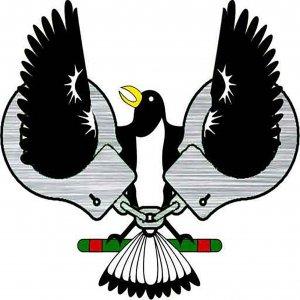SOUTH AUSTRALIAN TRUE CRIME

CLAREMONT SERIAL KILLINGS
Bradley Robert Edwards. The Claremont Serial Killer
CLAREMONT SERIAL KILLINGSThis story begins with the disappearance of 18-year-old Sarah Spiers on 27 January 1996. She left a nightclub in the centre of Claremont. At 2:06 am, Sarah called a Taxi from a public telephone. Although she was living in South Perth with her sister. She had requested to go to the nearby suburb of Mosman Park.
Sighted
She was then sighted, waiting alone near Stirling Road and Stirling Highway by three separate people. They also mentioned seeing an unidentified car stopping. However, she was not at the site when the responding taxi arrived at 2:09 am. In the dark, the driver may have missed her. Her disappearance soon attracted massive publicity, but no trace of Sarah has turned up.
In the early hours of Sunday 9 June 1996, Jane Rimmer (23) also disappeared from the same part of Claremont. Similar to Sarah, she had been out socialising with friends the night before. Jane's friends explained how they had moved from one nightclub to another until they ended up outside Club Bayview. Due to the long lineup to get in the club. Her friends then caught taxis home. Jane opted to stay, and she was last seen on security footage waiting outside the Continental at 12:04 am.Her naked body was found 55 days later by a family picking flowers 40km south of the last live sighting of her.
Nine months later
Nine months later, in the early hours of Saturday, 15 March 1997, Ciara Glennon, a 27-year-old lawyer from Mosman Park, also disappeared from the Claremont area.
Like the others, she was with friends at the Continental and had decided to make her way home. However, three men at a bus stop saw Glennon walking south along Stirling Highway at approximately 12:30 am and observed her interacting with an unidentified light coloured vehicle that had stopped by her.
Nineteen days later, on 3 April, her semi-clothed body was found by a bush track by bushwalker, 40 km north.The Investigation
Within 48 hours of Sarah's disappearance, the case, taken over by the Western Australia Police Major Crimes Squad. After the disappearance of the second girl, Jane, the Police set up Macro, a special task force to investigate the two similar cases. Finally, after the disappearance of the third girl Ciara, Police confirmed that they were searching for a serial killer. The Western Australian Government offered a $250,000 reward, the largest ever offered in the state at that time.
Initial suspicion centred on an unidentified man seen in the video footage and vehicles seen at two locations. Suspicion then focused on Perth's taxi drivers. Including a driver who claimed to have transported Sarah the night before her disappearance.
Fingerprints and DNA
The Police carried out a massive fingerprint and DNA testing exercise on the thousands of taxi drivers licensed in Western Australia. As a result, 78 drivers with significant criminal histories had their licences removed. In addition, standards for taxis increased, and those who did not meet these standards were decommissioned and stripped of insignia and equipment.
In December 2015, investigators finally revealed that fibres taken from the second girl, Jane, were identified as coming from a VS, Holden Commodore wagon like used by Telstra workers..
Operation Macro attracted both praise and criticism for its handling of the case. At its peak, it had over 100 members across ten teams.Over its lifetime, Macron had 11 police reviews, including one by the officer who had led the Snowtown investigation. The Police finally ended operation macro in 2005,






 Visit Podcast Website
Visit Podcast Website RSS Podcast Feed
RSS Podcast Feed Subscribe
Subscribe
 Add to MyCast
Add to MyCast